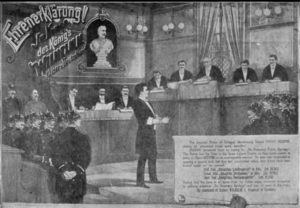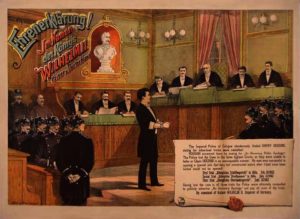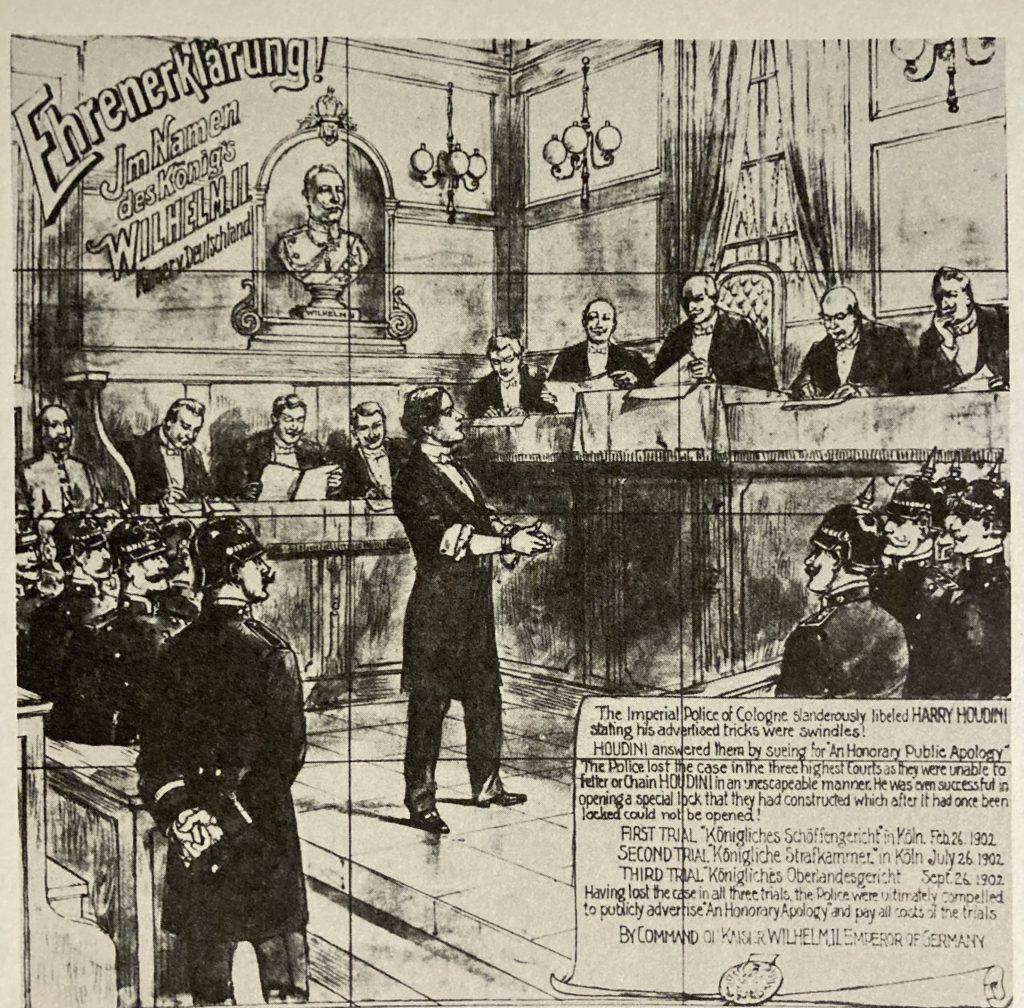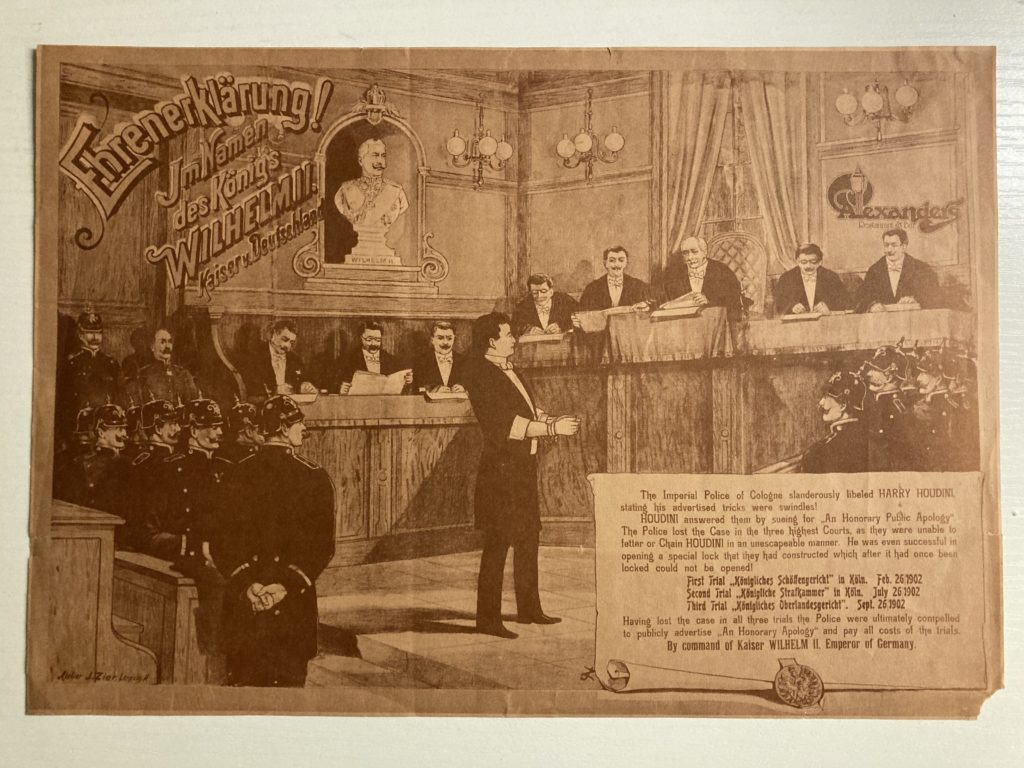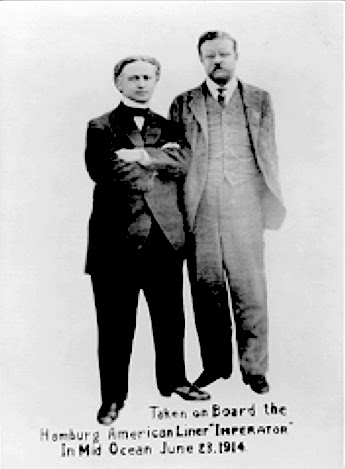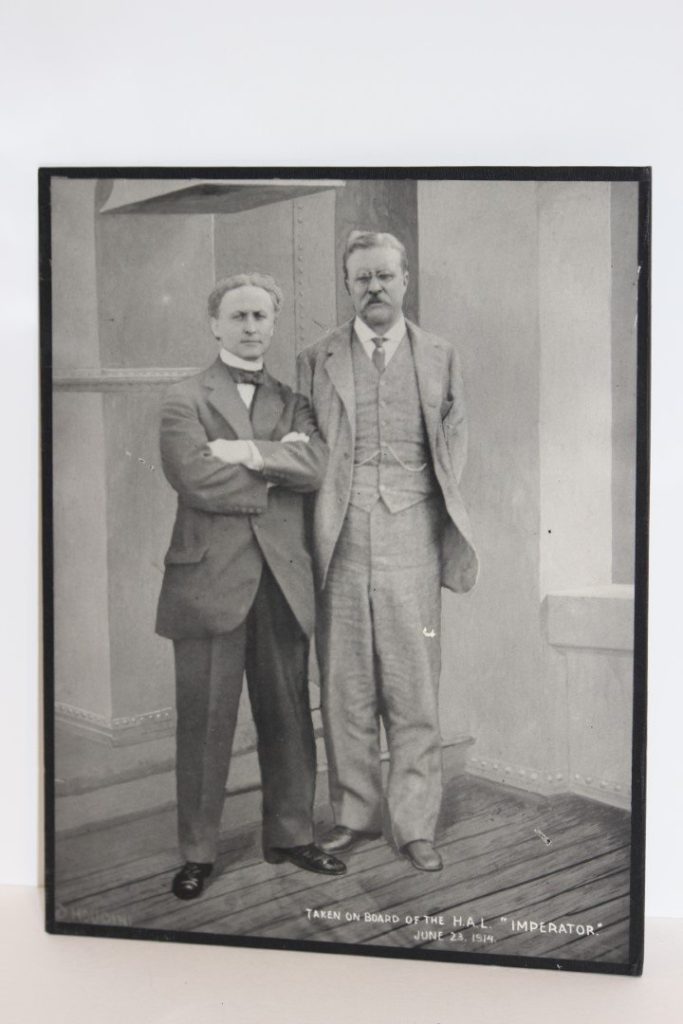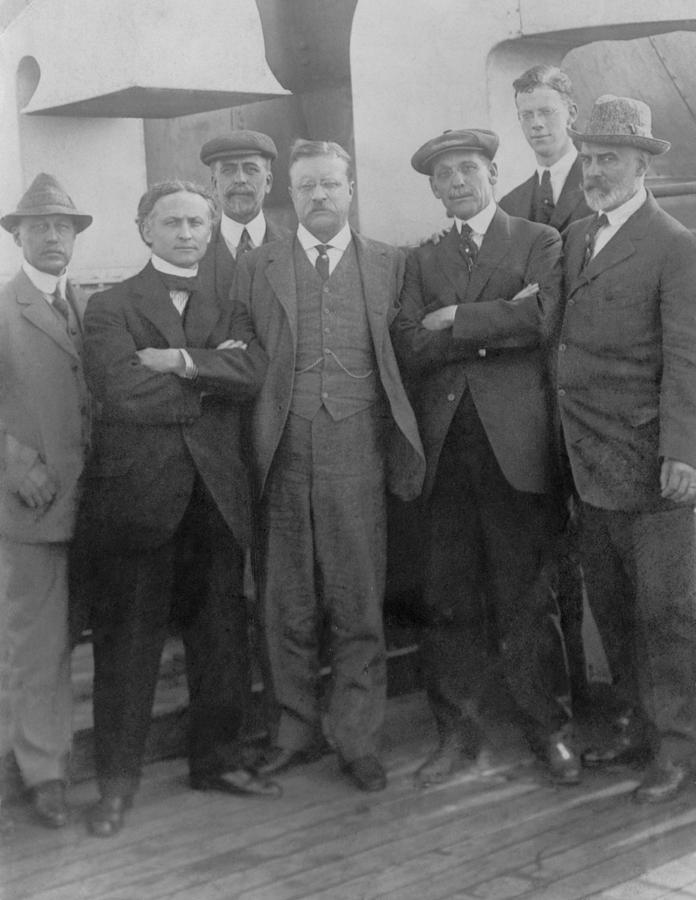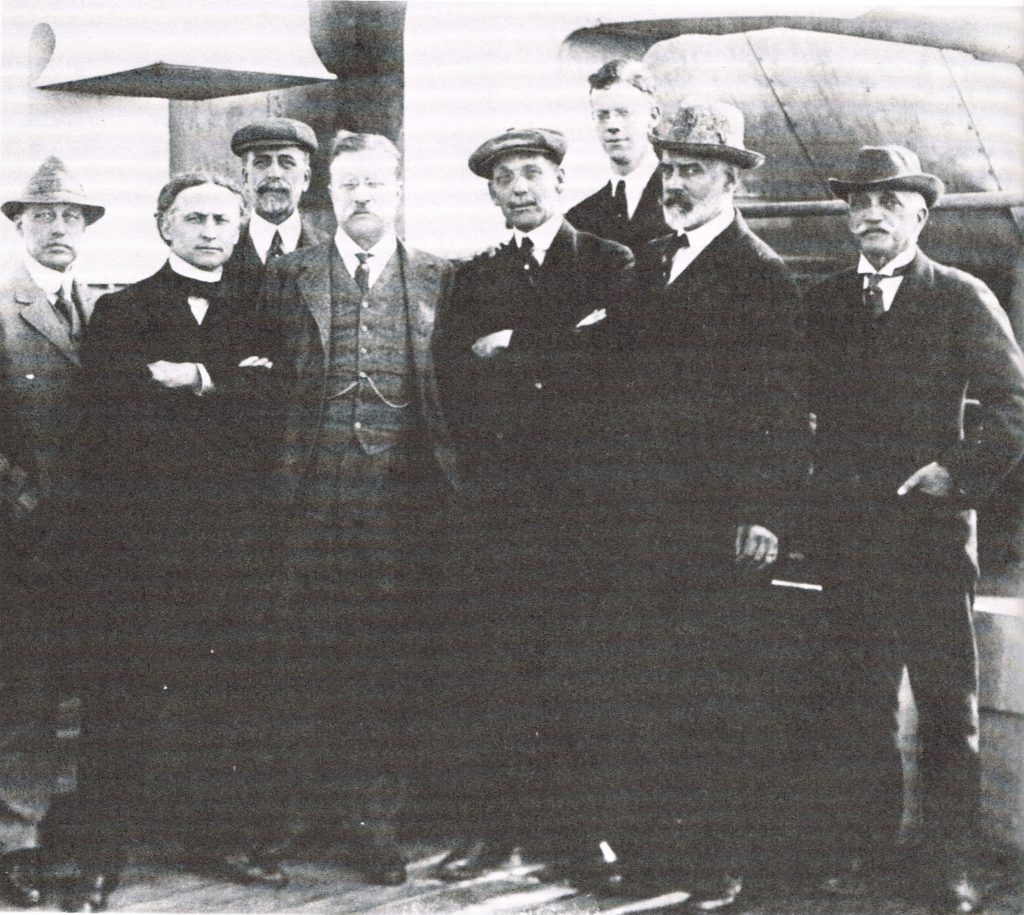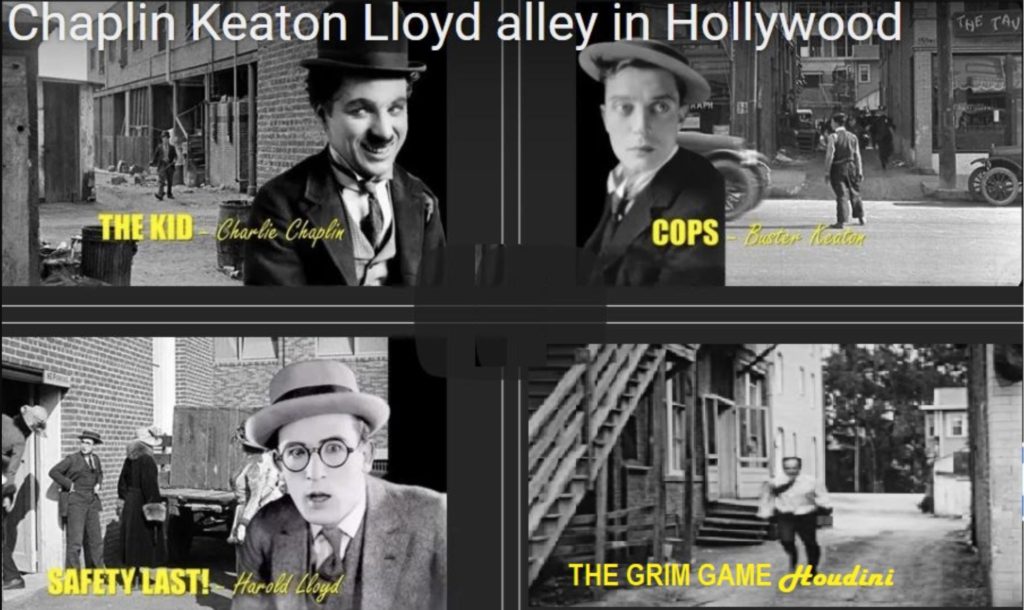Just received a copy of November/December 2020 Michigan History magazine with an article inside about “Houdini in Detroit” by Jeremy Dimick, director of collections at the Detroit Historical Society.
While there are few errors regarding dates, it is very well done.
It covers Houdini’s performances in Detroit from when he was relegated to the Curio Hall to his performances as a headliner.
A few things of interest caught my attention:
- Jail escape photo [from The Grim Game 1919] dated as 1898.
- The Belle Isle Bridge Stunt. To amp up the drama, Houdini completed and signed his will before he “yelled a reckless goodbye to the awe-inspired throng and dove headlong to his fate”
- In a 1908 visit, he and his wife were locked in their hotel room at the Hotel Ste. Claire by a rascally bellboy. When Houdini rang the front desk to let him out, the bellboy called the newspaper and crowed that he had beat the great Houdini.
- 1911 advertisement, Houdini expresses his openness to “accept any rational challenge” from Detroiter’s during his Temple Theatre performance (photo courtesy of the Detroit Historical Society.
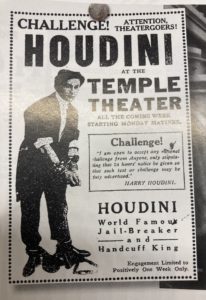
- He was in such pain that one of his handlers wired ahead for a doctor to meet them at Michigan Central Station when they arrived at 2:30pm on October 26 [October 24].
- [It goes on to describe the events according to Sophie Rosenblatt, that HHCE first shared in 2019]
You can purchase Michigan History HERE.


